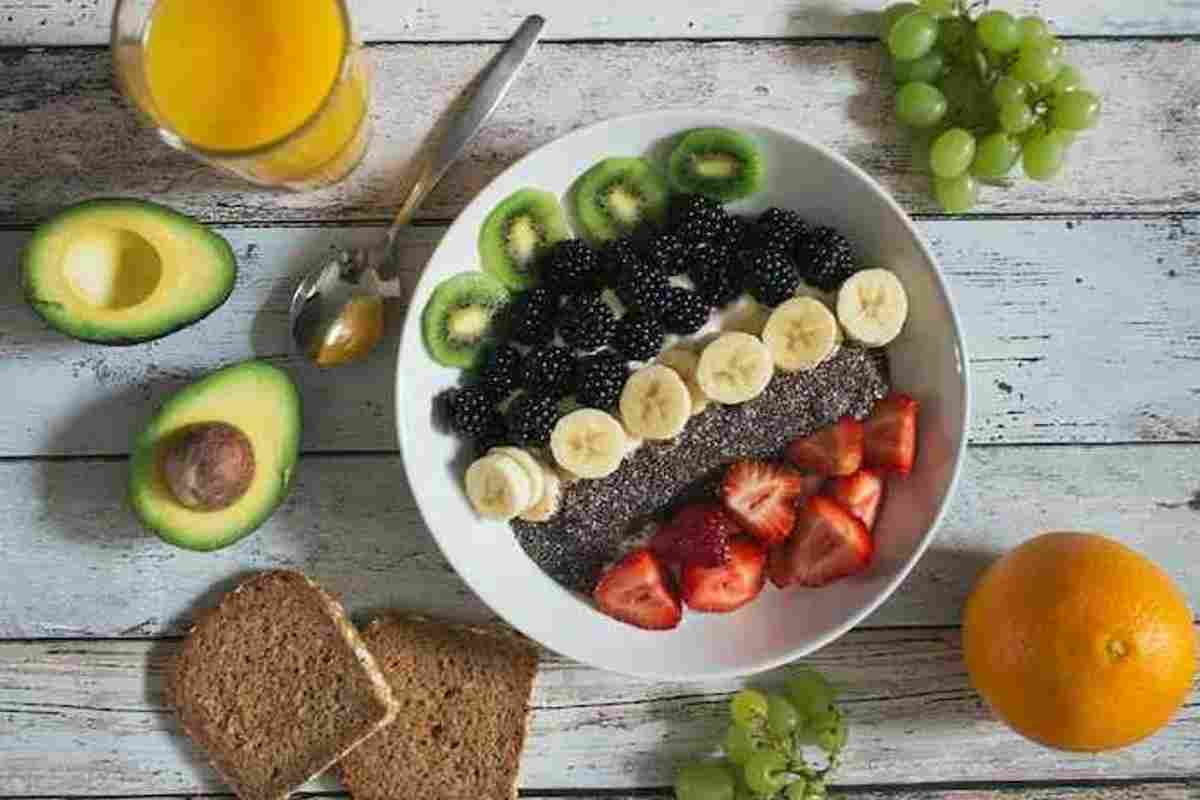High-Fibre Foods – Essential For A Healthy Diet

If you are having problems with your bowels it’s time you started filling up with fibre.
The easiest way to start including a good amount of fibre in your diet is to stop thinking and reach for fibre-rich fruits. Think of them as ingredients, not just as snacks – especially a pear (4 grams), an apple (3 grams), 1 cup of strawberries (3 grams), or a banana (2 grams). Add them to salads, cereal, and yoghurt or use them as a topping for pancakes and waffles.
Dietary fibre, which is found only in plant foods, is one of the most important components supplied by whole grains, fruits, and vegetables. Eating enough fibre helps the bowels function properly; can alleviate symptoms of chronic constipation, diverticular disease, and haemorrhoids; and may lower your risk for heart disease and some cancers.
Because different foods contain different types of fibre, make sure you choose a variety of fibre-rich sources every day. And because other components of fibre-containing foods may be partly responsible for the health benefits of a high-fibre diet, make sure to get your fibre from foods as opposed to supplements.
People who eat high-fibre diets generally weigh less than those who don’t. This may be true, in part, because fibre-rich foods are filling, and people who eat enough of them feel full, so they pass up the `extras’ like cake, candies, and other low- or no-fibre treats.
There are two kinds of dietary fibre:
- Soluble Fibre
- Insoluble Fibre
Soluble Fibre
Soluble fibre has been proven to help decrease blood cholesterol levels, thereby reducing the risk of heart disease. Soluble fibre is found in foods like oats and oat bran, barley, brown rice, beans, and many vegetables and fruits (like apples, oranges, and carrots) and slows the absorption of glucose, which may help control blood sugar levels in people with diabetes.
Insoluble Fibre
Insoluble fibre, also known as roughage, is mainly responsible for keeping things moving along your digestive tract. Good sources of insoluble fibre include whole-grain bread and cereals, wheat and corn bran, many vegetables (like green beans and potatoes), and the skins of fruits and vegetables. Most grains, fruits, and vegetables are two-thirds insoluble and one-third soluble. Fruit tends to be 50-50, and the fibre in oatmeal, barley, and legumes is about 65 per cent soluble. Unlike vitamins, minerals, and other nutrients, fibre can’t be digested.
You need about 20 to 35 grams of fibre each day (a mix of soluble and insoluble) – which is a lot. On average, people consume only about 11 grams of fibre – less than half the minimum amount recommended. If you don’t eat enough fibre, find ways to get more into your diet. Just be sure to add it gradually to give your body time to adjust. And don’t forget to drink plenty of fluids, too, to help fibre move easily through your digestive tract.